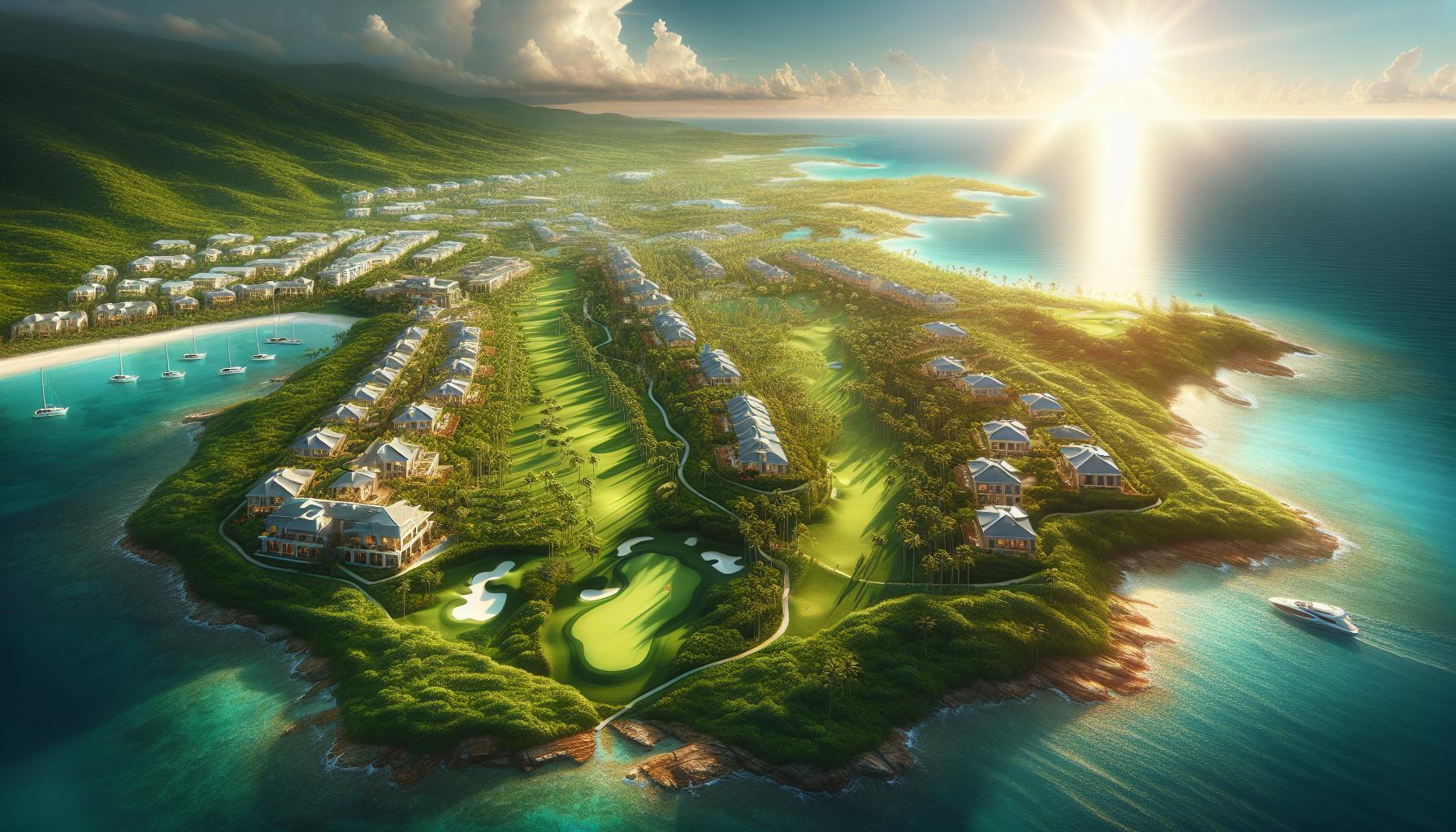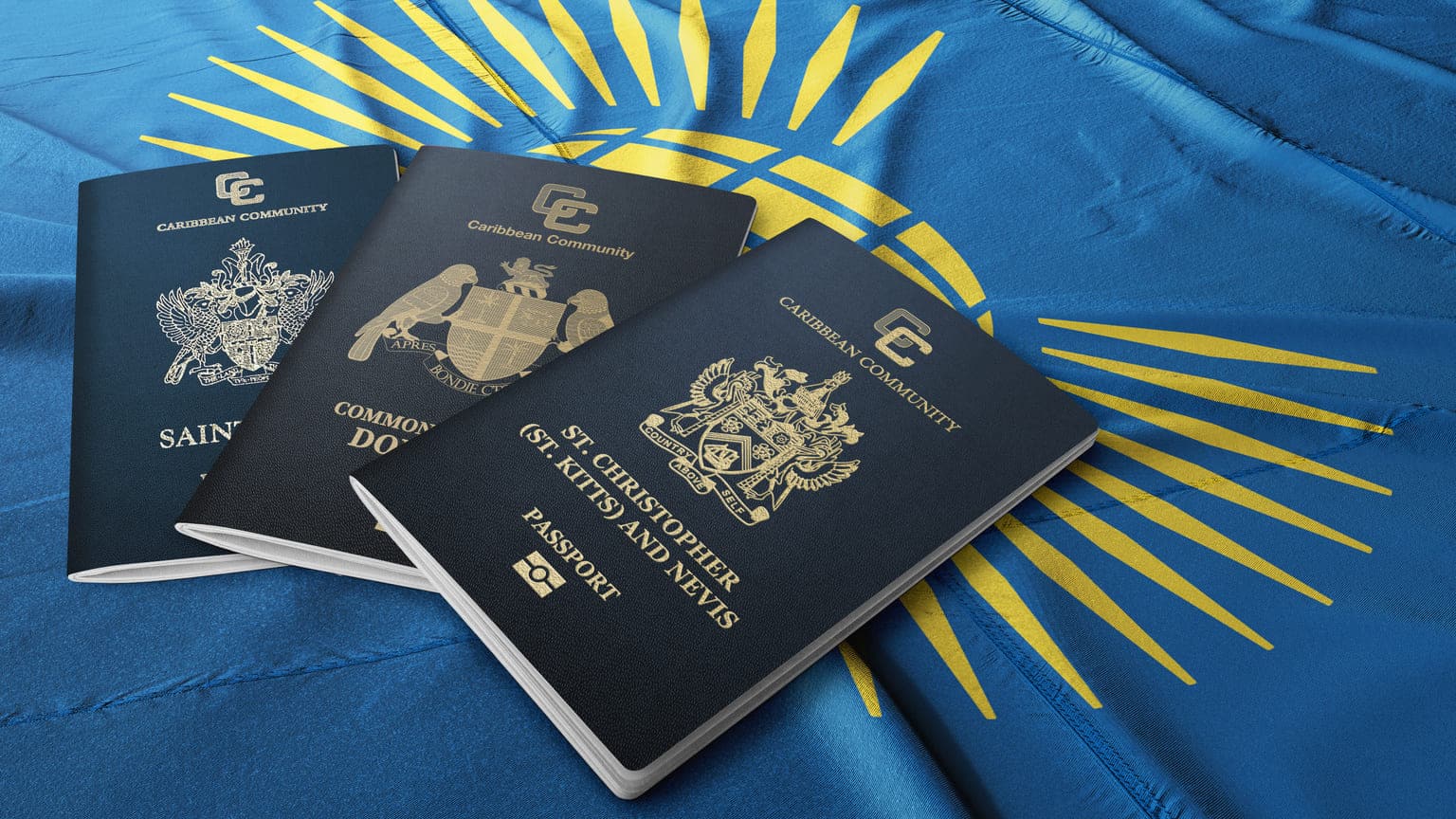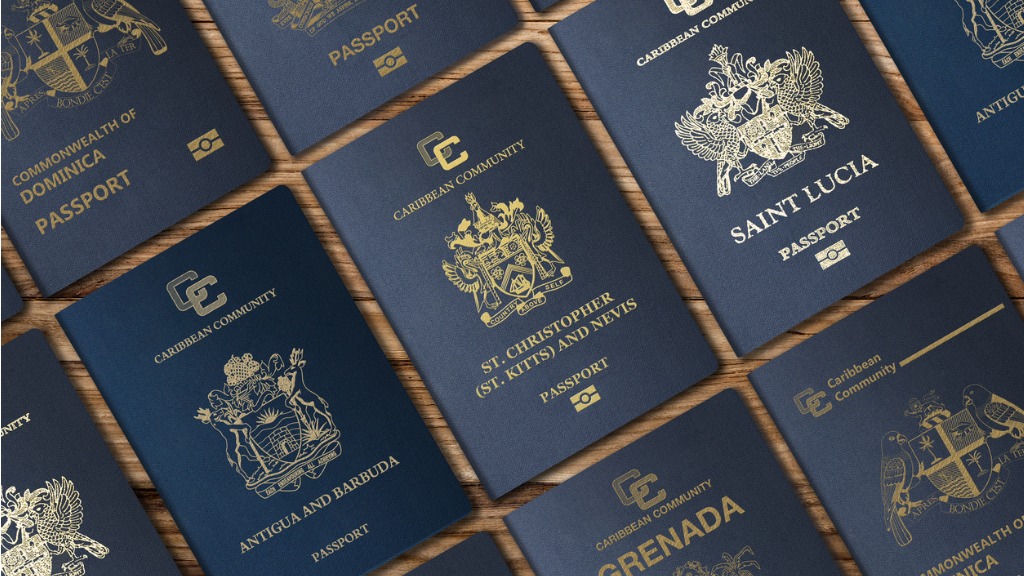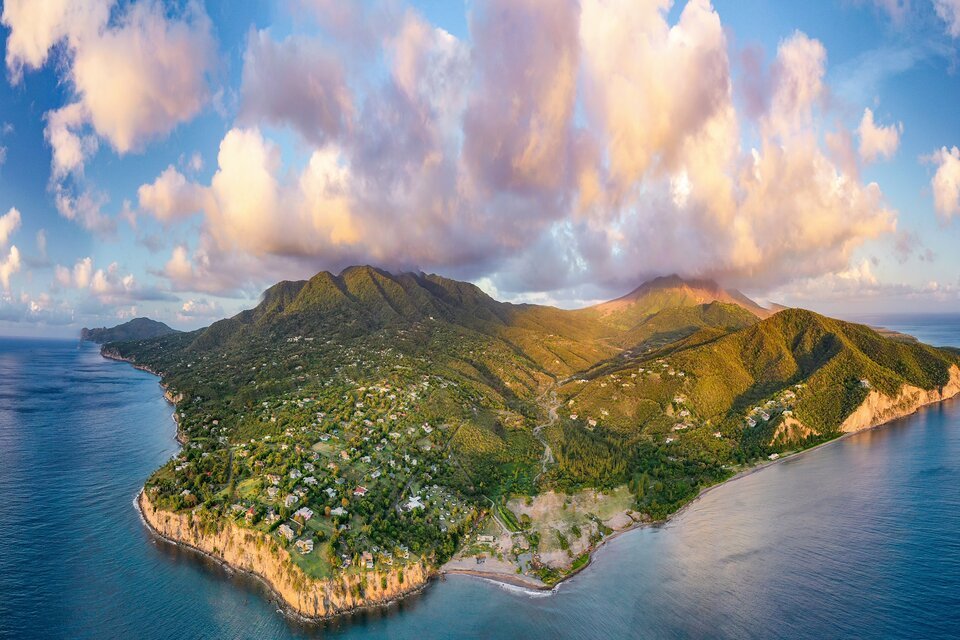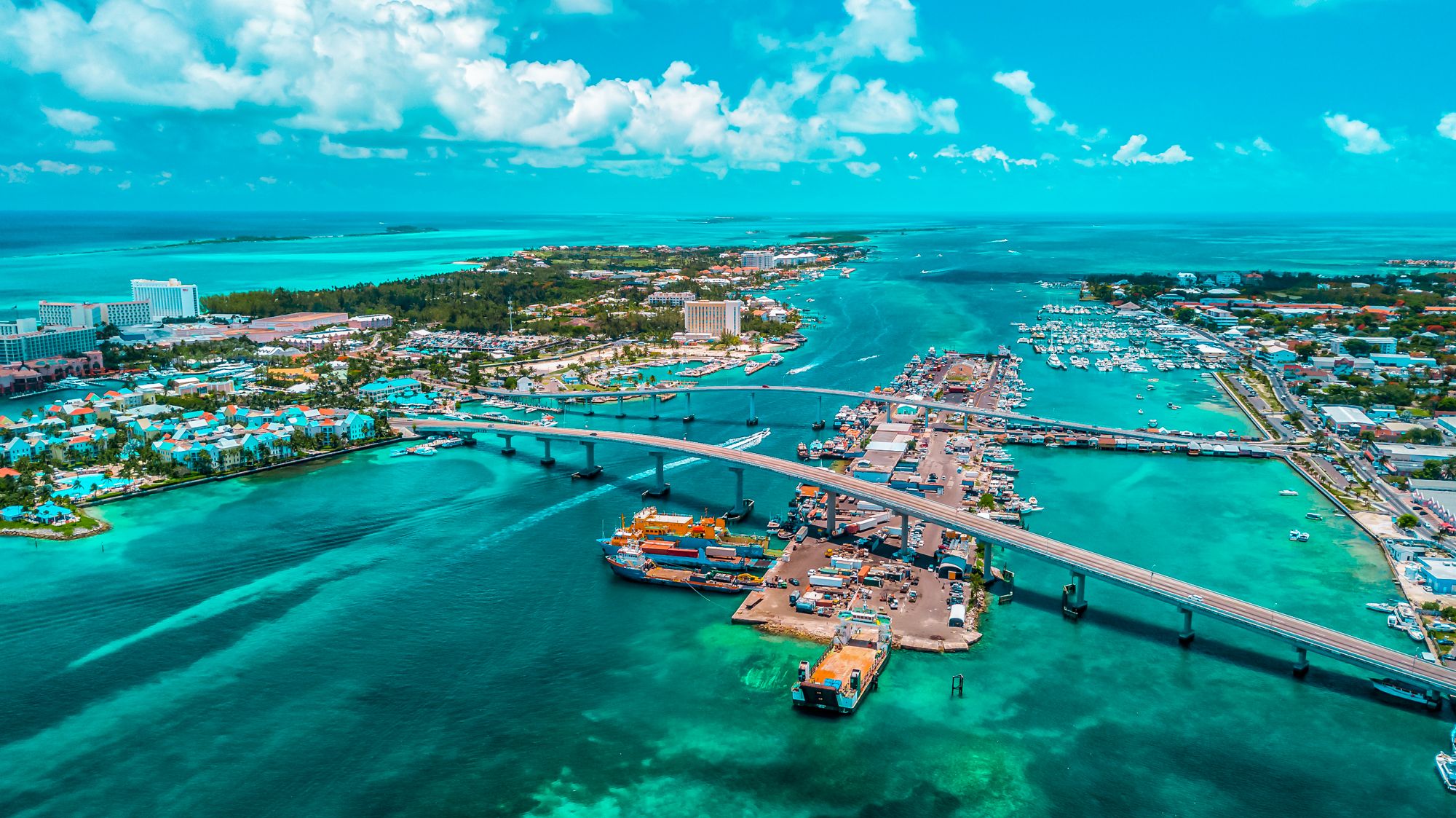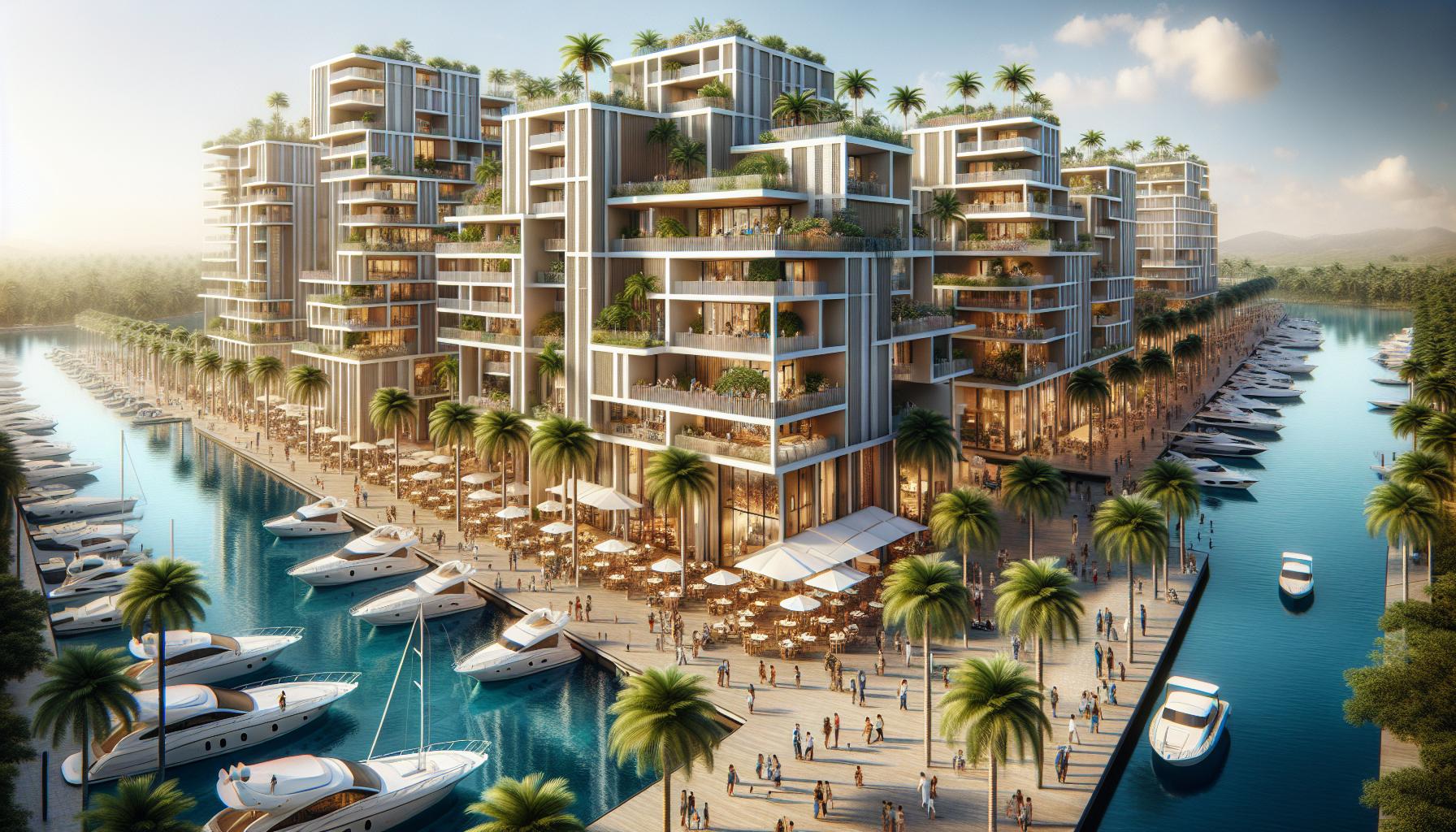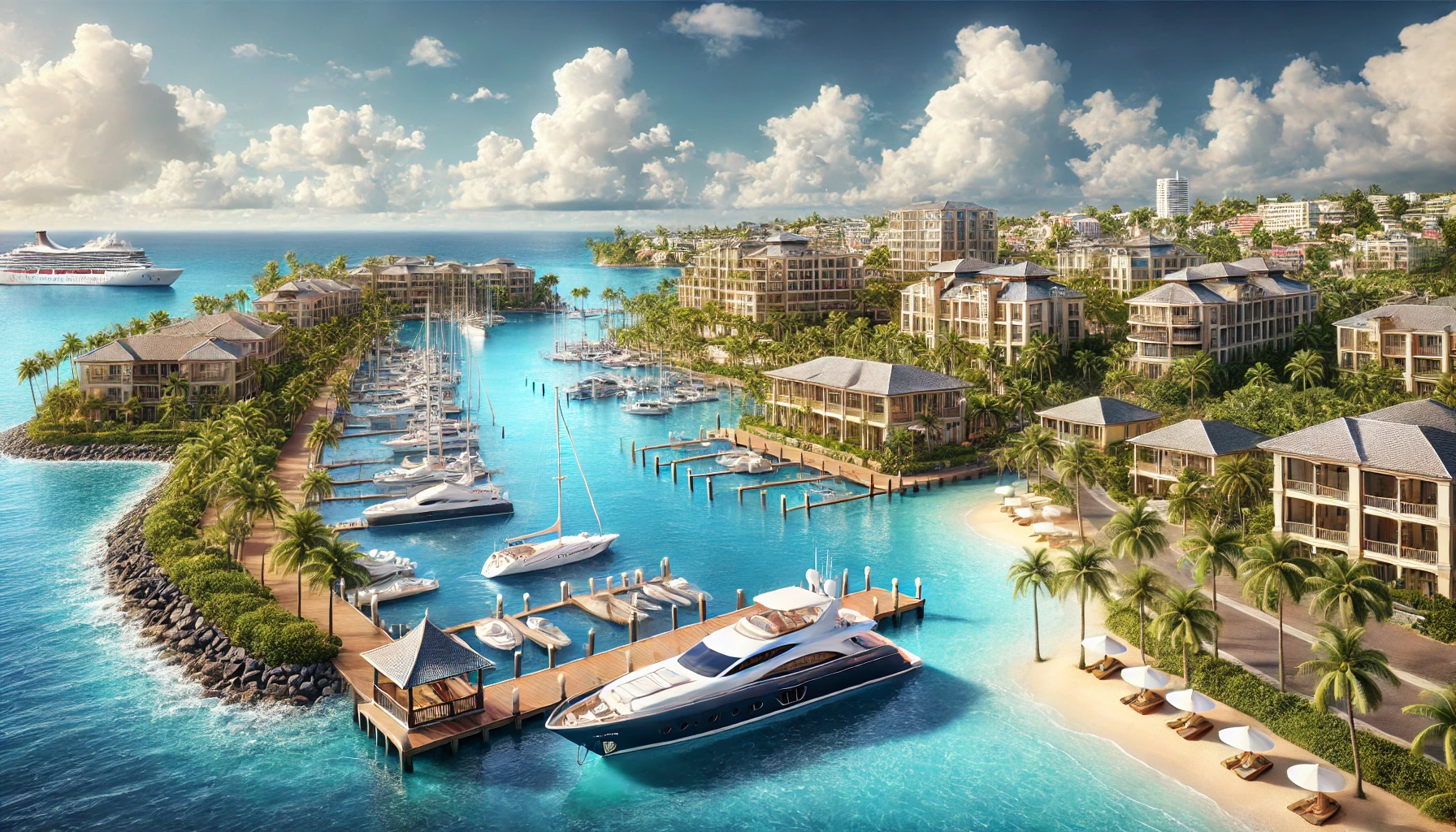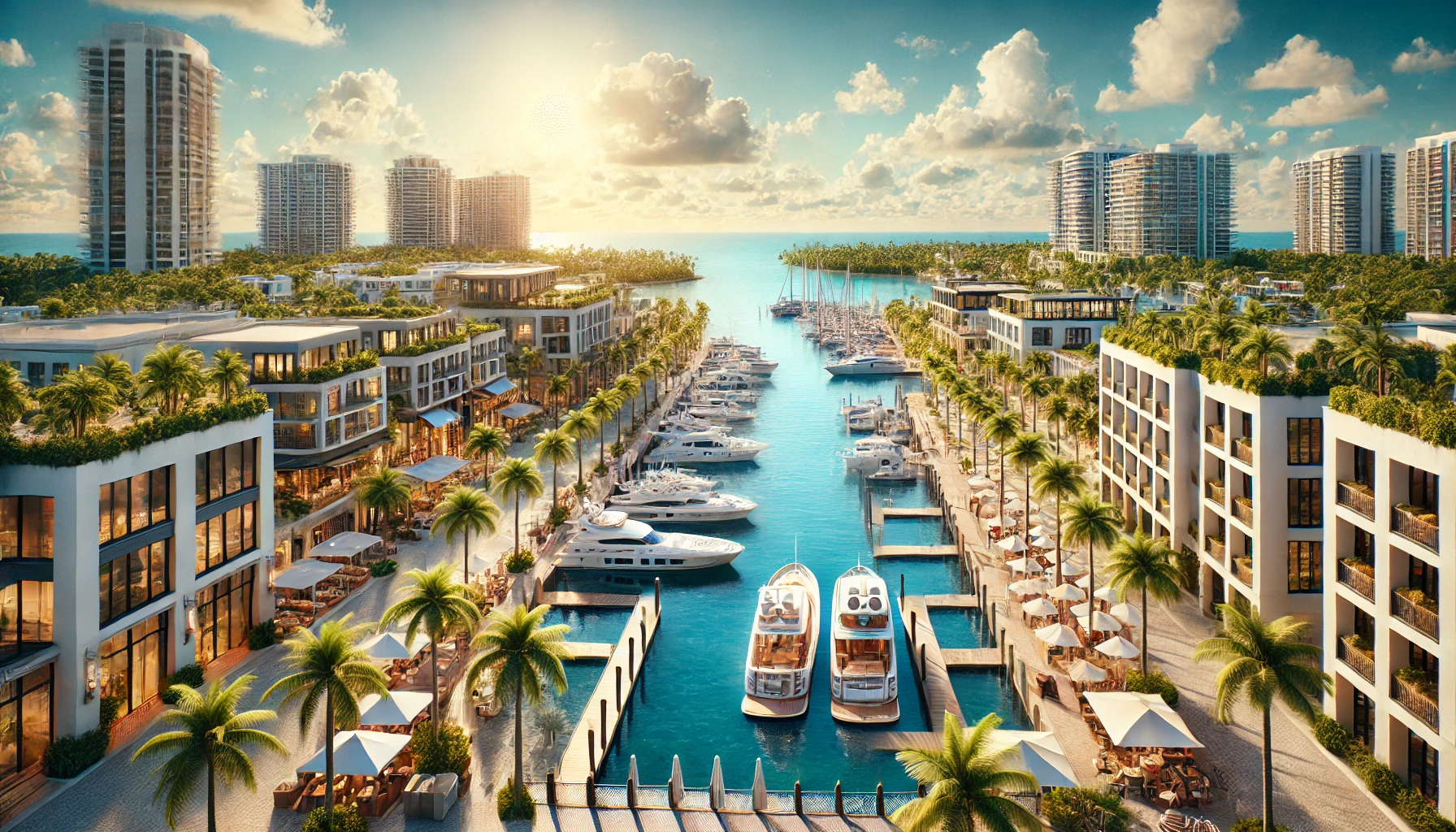Situated on Barbados’ coveted west coast, Royal Westmoreland is more than just a golf resort—it’s one of the Caribbean’s most exclusive addresses. Imagine owning a home perched on a hilltop with panoramic sea views, a private pool surrounded by lush tropical landscaping, and access to a lifestyle defined by elegance, privacy, and connection. That’s what you’ll find here.
This master-planned gated community offers a rare combination of prime Barbados real estate, refined architecture, five-star amenities, and an internationally acclaimed golf course. But more than that, it’s a lifestyle destination where residents value wellness, natural beauty, and a strong sense of belonging. Whether you’re looking for a second home, full-time residence, or luxury rental investment, Royal Westmoreland stands out as a secure and high-performing choice.
The real estate offerings range from turnkey villas and townhouses to spacious apartments and custom home sites, making it one of the most versatile and prestigious residential communities in the region. Paired with a location just minutes from Holetown, direct access to beaches like Mullins Bay, and a vibrant community atmosphere, it’s no wonder Royal Westmoreland has become a gold standard for Caribbean property ownership.
A Destination Built Around Real Estate and Lifestyle
Royal Westmoreland was developed in the early 1990s to combine elegant Caribbean living with the finest leisure experiences. Spanning over 750 acres of manicured hillside, the community is now a model for luxury developments across the region. Its location along Barbados’ Platinum Coast places residents minutes away from the island’s best beaches, shopping, and restaurants—while also providing the peace of a private hillside retreat.
Homes here are thoughtfully designed to maximize the indoor-outdoor lifestyle that defines Caribbean living. Whether it’s a villa with a private pool or a turnkey apartment with a golf course view, every residence blends architectural elegance with functional comfort.
Real Estate Opportunities at Royal Westmoreland
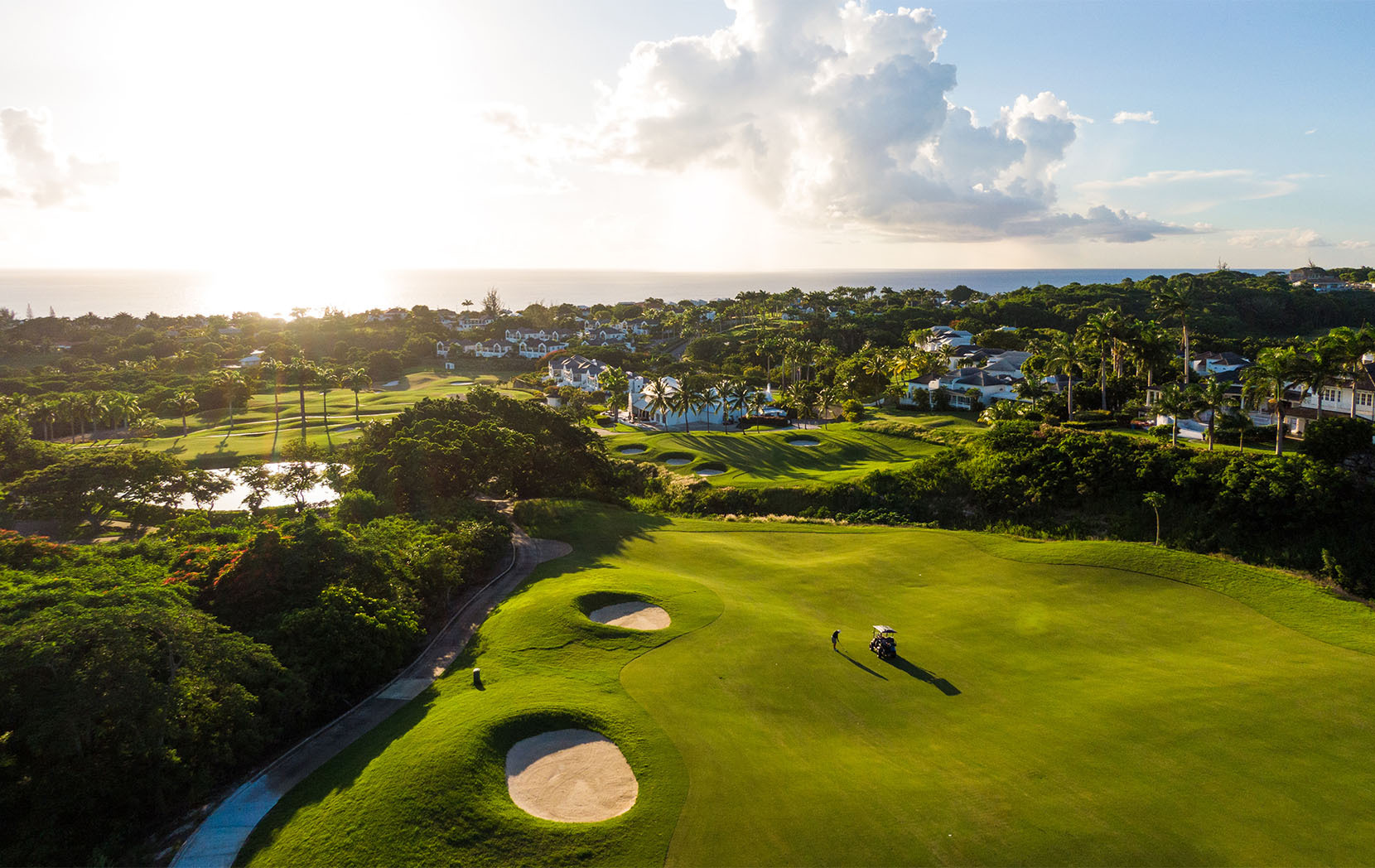
Property Types: Something for Every Buyer
Royal Westmoreland offers a wide selection of real estate options to suit varying tastes, budgets, and ownership goals.
-
Detached Villas: These are the pinnacle of luxury living, featuring expansive layouts, private swimming pools, outdoor dining terraces, and beautifully landscaped gardens.
-
Townhouses: Stylish and functional, these residences balance shared community amenities with the privacy of homeownership—perfect for seasonal residents or lock-and-leave buyers.
-
Apartments: Offering refined finishes and smart layouts, these properties provide an accessible entry point to the Royal Westmoreland lifestyle, often with sweeping views and low-maintenance ownership.
Whether you are purchasing for personal use, generating rental income, or combining both strategies, Royal Westmoreland offers flexibility with strong long-term value.
Design, Privacy, and Investment Confidence
Each home within Royal Westmoreland is crafted to a high architectural standard and built to embrace Barbados’ natural beauty. Floorplans emphasize open-concept living, large windows for natural light, and generous outdoor areas that create the perfect setting for entertaining or relaxation.
Security is also paramount. The entire community is gated with 24/7 monitoring, access control, and professional staff to support safety and privacy for residents and their guests.
Ownership also comes with peace of mind: Barbados has a well-established property market, straightforward legal process for foreign buyers, and favorable tax policies for non-residents.
Strong Rental Market and Appreciation Potential
Royal Westmoreland is not just a lifestyle choice—it’s a sound investment. The resort’s international reputation and year-round tourism make it one of the most attractive locations on the island for luxury vacation rentals.
Many homeowners choose to rent their properties short-term when not in use. With high occupancy during the winter season and consistent demand from affluent visitors, rental yields can be strong. In addition, the exclusivity of the resort helps properties appreciate steadily over time—supported by Barbados’ strong real estate fundamentals and limited luxury inventory.
The Lifestyle at Royal Westmoreland

Living at Royal Westmoreland goes beyond the four walls of your home. Residents become part of a vibrant community that values wellness, leisure, and connection—all within a secure, master-planned environment.
Golf as a Lifestyle Anchor
At the heart of the community is a championship 18-hole golf course designed by Robert Trent Jones Jr. With rolling fairways, dramatic elevation changes, and panoramic ocean views, it’s one of the finest golf experiences in the Caribbean.
While serious golfers will appreciate the challenge and beauty of the course, casual players and beginners are just as welcome. Lessons, clinics, and practice facilities are available, and golf memberships are offered to property owners.
Golf at Royal Westmoreland isn’t just a sport—it’s a social hub, connecting residents through tournaments, events, and leisurely weekend rounds.
Amenities Designed for Comfort and Connection
In addition to world-class golf, the resort features:
-
A private Beach Club at Mullins Bay with sun loungers, bar service, and beachfront dining
-
A modern fitness center with personal training and group classes
-
Floodlit tennis courts and recreational spaces
-
A spa offering massages and holistic treatments
-
A full-service clubhouse with fine dining, cocktails, and community events
The concierge team is available to help arrange transportation, reservations, private chefs, and more—ensuring every detail is handled seamlessly.
Community and Events
Royal Westmoreland fosters an active and inclusive social life for its residents. Regular events such as cocktail evenings, golf tournaments, wine tastings, and holiday celebrations provide the perfect backdrop for forming friendships and enjoying the island lifestyle.
Whether you’re here for the season or living year-round, there’s a strong sense of belonging that comes with owning property in this special community.
Why Buy Real Estate at Royal Westmoreland?
-
Prestige: Recognized as one of the most prestigious addresses in Barbados, Royal Westmoreland offers credibility, exclusivity, and global appeal.
-
Privacy and Security: Full-time gated access and 24-hour on-site security ensure peace of mind.
-
Income Potential: Short-term rentals and long-term appreciation provide strong investment fundamentals.
-
Community: A welcoming, international resident base creates opportunities for networking, leisure, and friendship.
-
Tax Benefits: Barbados offers favorable conditions for foreign property owners, including no capital gains tax and a transparent legal framework.

Impact and Influence of Royal Westmoreland
Royal Westmoreland combines elegant design, comprehensive amenities, and strategic development, making it a benchmark for luxury living in the Caribbean.
A Model for Luxury Golf Communities in the Caribbean
Royal Westmoreland sets the standard for luxury golf resorts across the Caribbean. Spanning over 750 acres, this gated community integrates world-class facilities with an exclusive lifestyle. Its championship golf course, designed by Robert Trent Jones Jr., is a focal point, blending natural beauty with sport.
Luxury amenities such as state-of-the-art fitness centres, tennis courts, fine dining options, and spa services define this community. The integration of an exclusive beach club at Mullins Bay showcases thoughtful design that meets residents’ desires for recreation and relaxation. Its secure environment and regular social events foster a sense of belonging, encouraging connections among owners and visitors. This model inspires the growth of similar luxury lifestyle destinations throughout the region.
Contributions to Barbados’ Real Estate Market
Royal Westmoreland has significantly elevated the Barbados real estate sector. Its portfolio includes detached villas, contemporary townhouses, and high-end apartments, which cater to individuals seeking refined living. Properties within the estate reflect a commitment to quality, combining architectural elegance with the lush surroundings of the Platinum Coast.
Investors find value in its secure, gated environment and the steady appreciation of properties in this sought-after location. The resort’s reputation attracts high demand for holiday rentals, boosting returns for property owners. By setting a high benchmark for its developments, Royal Westmoreland influences the broader scope of Barbados’ luxury real estate market and strengthens the island’s position as a premier Caribbean destination.
Future Prospects for Similar Developments in the Region
The success of Royal Westmoreland highlights the potential for similar luxury developments in the Caribbean. As demand for premium holiday and residential properties grows, developers are looking to replicate its model. Features such as integrated luxury amenities, high security, and a community-focused environment appeal to individuals seeking exclusivity and comfort.
Its influence as one of the largest luxury golf communities in the Caribbean showcases the viability of combining leisure facilities with residential developments. Regional developers may adopt its approach by incorporating activities like golf, private beach access, and wellness services into similar projects. Royal Westmoreland’s continued success strengthens its position as a template for future resorts in the Caribbean.
Comparable Luxury Communities in the Caribbean
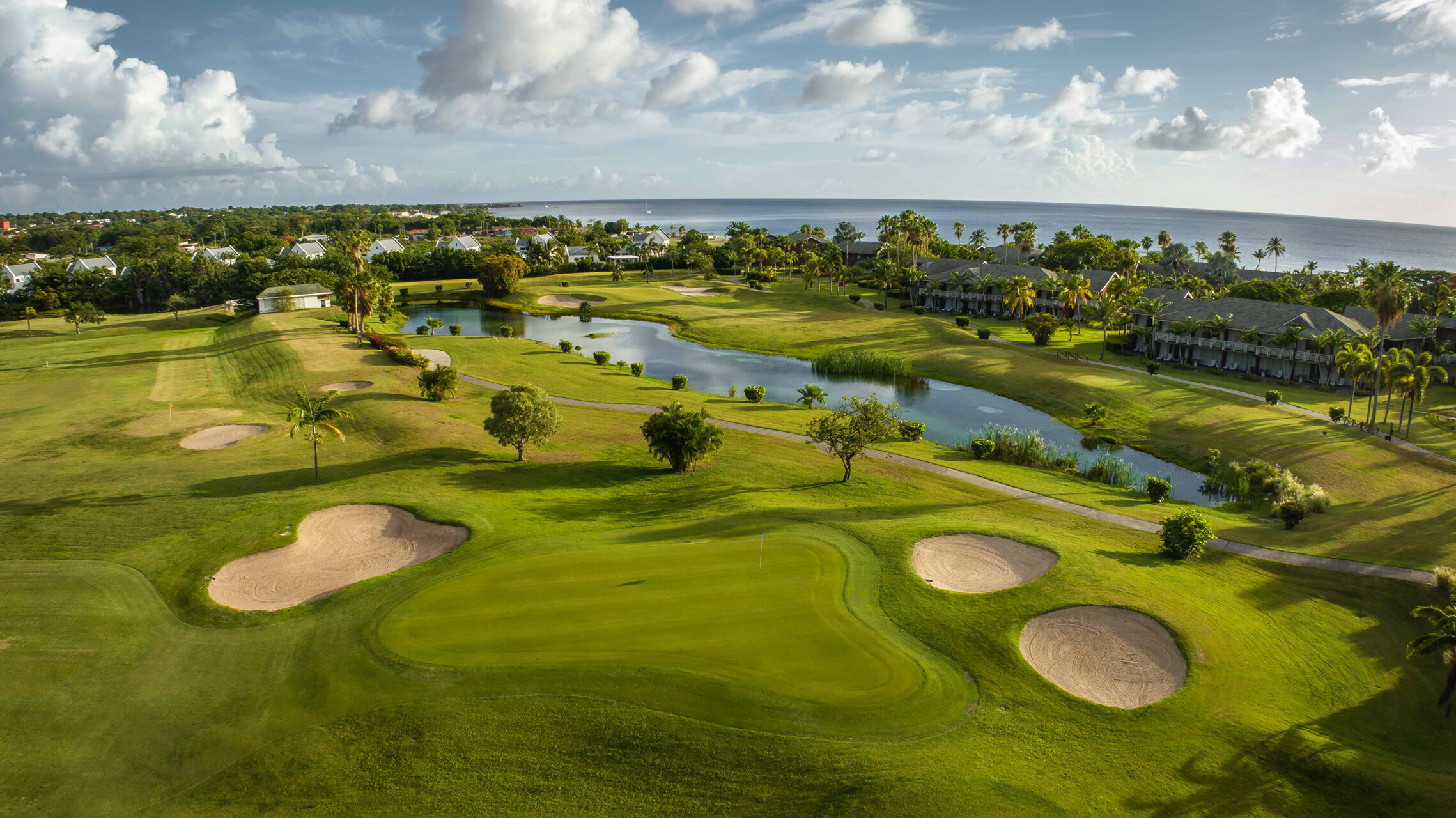
For buyers exploring luxury real estate with world-class amenities, here are five other elite communities in the Caribbean that offer exceptional property ownership experiences. Each one reflects a different style of island living—ranging from golf and wellness retreats to ultra-exclusive beachfront enclaves.
Apes Hill, Barbados
Apes Hill is a premier lifestyle and golf community located in the hills above Barbados’ west coast, offering a cooler climate and expansive views. With a redesigned championship golf course, padel courts, farm-to-table dining, and an emphasis on sustainability, it attracts buyers who want a modern, wellness-driven alternative to traditional beachfront living. The residences here range from sleek villas to customizable lots, making it one of the most forward-thinking real estate projects on the island.
Cabot Saint Lucia
Set along the dramatic Atlantic coastline of northern Saint Lucia, Cabot Saint Lucia is quickly becoming one of the Caribbean’s most exclusive new golf and residential communities. Featuring a Coore & Crenshaw-designed cliffside golf course, private beach club, and ultra-luxury residences, Cabot appeals to global investors seeking a design-forward, high-privacy retreat. Properties here are limited and positioned for significant long-term appreciation as the community matures.
Four Seasons Nevis
Four Seasons Resort Estates in Nevis offers a rare combination of branded hospitality and private real estate. Owners have access to full resort services, a Robert Trent Jones II golf course, a private beach, and a dedicated concierge team. With options ranging from turnkey villas to custom estate homes, the community is ideal for families and retirees who value five-star service in a low-key, safe island setting. As part of the Four Seasons network, it also benefits from strong global recognition and resale value.
Barbuda Ocean Club
Developed by Discovery Land Company, Barbuda Ocean Club is a private members-only community on one of the most pristine and undeveloped islands in the Caribbean. Featuring beachfront estates, wellness programming, organic farming, and world-class sport facilities, the community delivers barefoot luxury at its highest level. Real estate opportunities here are extremely limited and catered to ultra-high-net-worth individuals seeking total exclusivity and generational value.
Aurora Anguilla Resort & Golf Club
Aurora Anguilla is a newly reimagined luxury resort and golf destination with a growing residential offering. Set on Rendezvous Bay, the resort features a Greg Norman–designed golf course, holistic spa, fine dining, and a private aviation terminal. The addition of branded villas and estates is attracting buyers who value seamless service, soft-sand beaches, and Anguilla’s status as one of the most peaceful and refined islands in the region. Aurora offers a unique blend of hospitality, golf, and real estate in a setting known for low-density elegance.
Conclusion

Royal Westmoreland Barbados offers an unrivalled blend of luxury, tranquillity, and sophistication. Whether you’re seeking a serene holiday retreat, an active lifestyle, or a rewarding investment opportunity, this exclusive resort encapsulates the best of Caribbean living. Its world-class amenities, stunning natural surroundings, and vibrant community create an experience that’s truly unique. At Royal Westmoreland, you’re not just visiting a destination; you’re embracing a lifestyle defined by elegance, relaxation, and opportunity.
